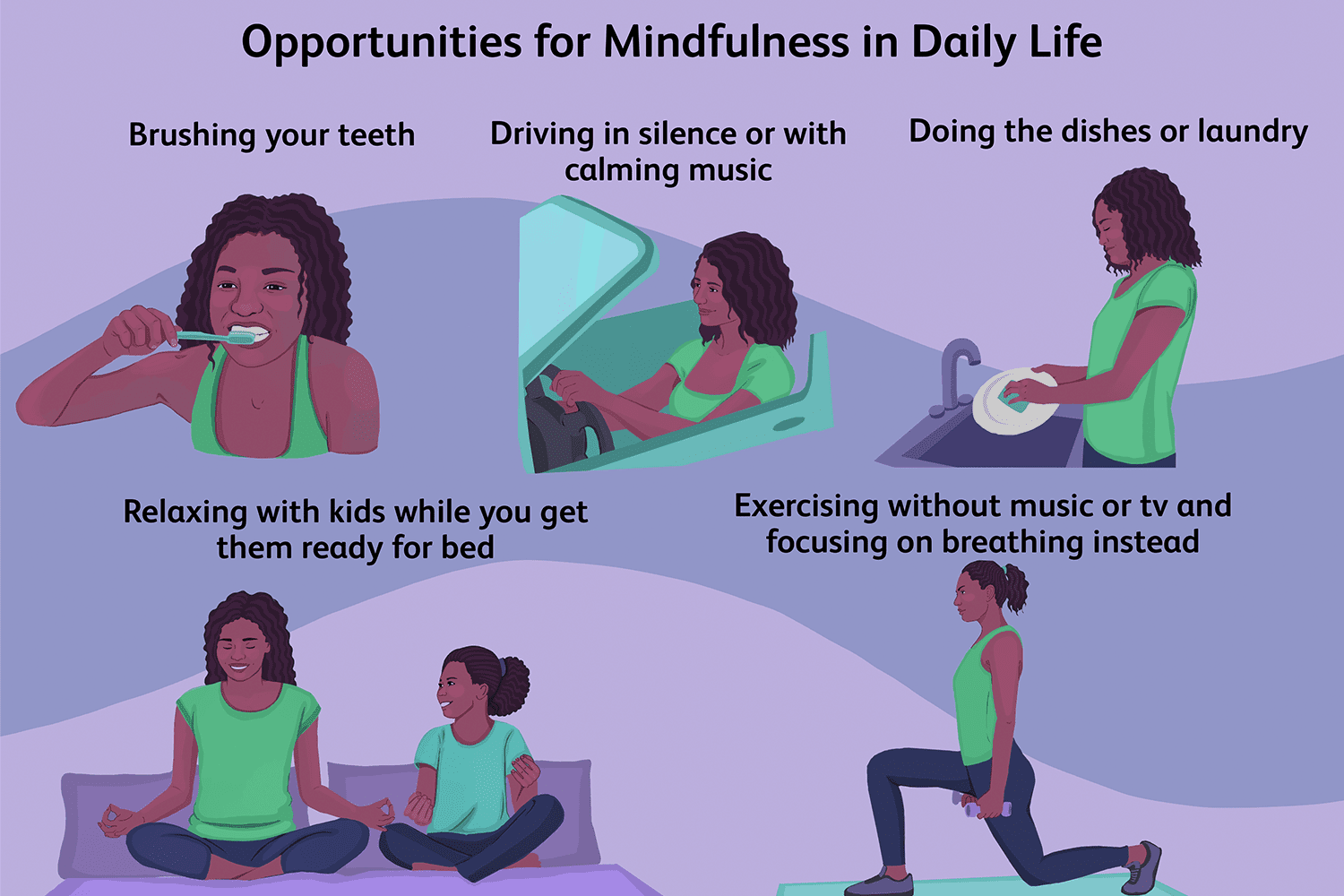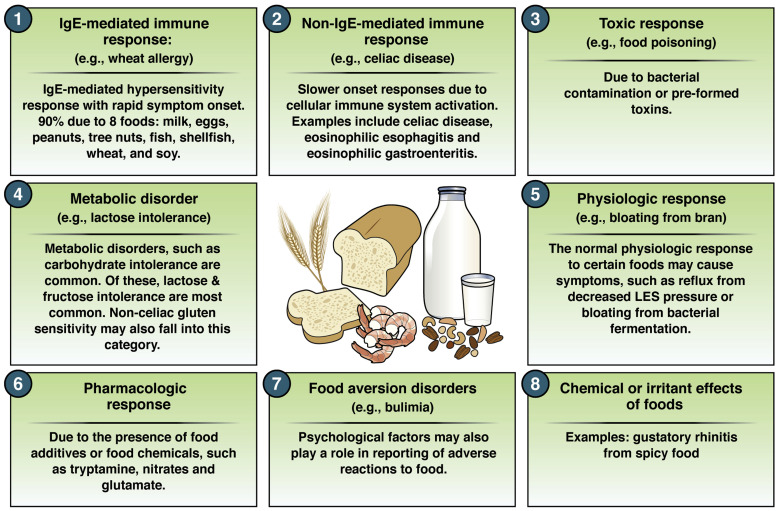Are you looking for a way to reduce stress, anxiety, and depression? Do you want to improve your mental well-being and lead a happier, more fulfilling life? If so, then mindfulness meditation might be the solution you’ve been searching for.
What is mindfulness meditation?
Mindfulness meditation is a form of meditation that involves focusing your attention on the present moment and paying attention to your thoughts, feelings, and bodily sensations without judgment. By doing so, you can learn to observe your thoughts and feelings without getting caught up in them or reacting to them. This can help you become more aware of your thoughts and feelings and reduce their negative impact on your mental health.
Benefits of mindfulness meditation for mental health
Numerous studies have shown that mindfulness meditation can have a positive impact on mental health. Here are some of the benefits of practicing mindfulness meditation regularly:
Reduces stress: Mindfulness meditation has been shown to reduce stress levels and improve overall well-being.
Reduces anxiety and depression: Studies have found that mindfulness meditation can reduce symptoms of anxiety and depression.
Improves emotional regulation: By practicing mindfulness meditation, you can learn to regulate your emotions and respond to situations in a more balanced and thoughtful way.
Improves focus and attention: Mindfulness meditation can improve focus and attention, which can be helpful in managing symptoms of ADHD.
Improves sleep: Research has shown that mindfulness meditation can improve sleep quality and reduce insomnia.
How to practice mindfulness meditation
If you’re new to mindfulness meditation, it can seem overwhelming at first. However, with a little practice and patience, anyone can learn to meditate. Here are some tips to help you get started:
Find a quiet, comfortable space: Choose a quiet, comfortable space where you won’t be disturbed. You can use a cushion, chair, or yoga mat to sit on.
Set a timer: Set a timer for 5-10 minutes to start. As you become more comfortable with mindfulness meditation, you can increase the duration of your meditation sessions.
Focus on your breath: Close your eyes and focus on your breath. Observe the sensation of the breath as it enters and leaves your body.
Observe your thoughts: As thoughts come into your mind, observe them without judgment. Don’t get caught up in them or try to push them away.
Return to your breath: When you notice your mind has wandered, gently bring your attention back to your breath.
Practice regularly: Practice mindfulness meditation regularly, ideally every day, to experience the full benefits.
Guided mindfulness meditation
If you’re new to mindfulness meditation, guided meditations can be helpful. These are pre-recorded meditations that guide you through the practice of mindfulness meditation. There are many guided meditations available online, and you can choose one that suits your needs and preferences.
How to Practice Mindfulness Meditation for Mental Well-Being
Mindfulness meditation is a powerful tool for improving mental well-being. This practice involves focusing your attention on the present moment, without judgment or distraction. When you practice mindfulness regularly, you may experience a greater sense of calm, clarity, and emotional balance.
In this post, we will explore the benefits of mindfulness meditation and provide practical tips for getting started with your own practice.
Benefits of Mindfulness Meditation
Mindfulness meditation has been shown to have numerous benefits for mental health and well-being, including:
Stress Reduction: Mindfulness meditation has been shown to reduce stress levels and improve overall well-being.
Improved Mood: Practicing mindfulness can help you feel more positive, calm, and content.
Better Sleep: Mindfulness can improve sleep quality and help you fall asleep more easily.
Enhanced Emotional Intelligence: Mindfulness meditation can increase emotional intelligence, which involves the ability to understand and manage your own emotions and the emotions of others.
Increased Focus: Regular mindfulness practice can help you stay focused and reduce distraction.
How to Practice Mindfulness Meditation
Find a Quiet Place: Choose a quiet place where you can sit comfortably without distraction. You may want to use a meditation cushion or chair to make yourself more comfortable.
Get Comfortable: Sit with your back straight and your feet on the ground. Close your eyes or lower your gaze to focus your attention.
Focus on Your Breath: Focus your attention on your breath as you inhale and exhale. Notice the sensation of the air moving in and out of your nostrils or the rise and fall of your chest.
Notice Your Thoughts: Your mind will inevitably wander, and you will have thoughts that arise. This is natural. When you notice your thoughts, simply acknowledge them and let them go, returning your focus to your breath.
Start with Short Sessions: Start with a few minutes of practice each day and gradually increase your time as you feel more comfortable. You may want to set a timer to help you stay on track.
Be Patient: Mindfulness meditation takes practice, and you may not see results right away. Be patient and persistent, and you will begin to notice the benefits of your practice.
Conclusion
Mindfulness meditation is a powerful tool for improving mental well-being. By focusing your attention on the present moment and letting go of distractions, you can experience greater calm, clarity, and emotional balance. Start with short sessions each day, be patient, and gradually increase your practice over time. With regular practice, you may experience the many benefits of mindfulness meditation for yourself.





